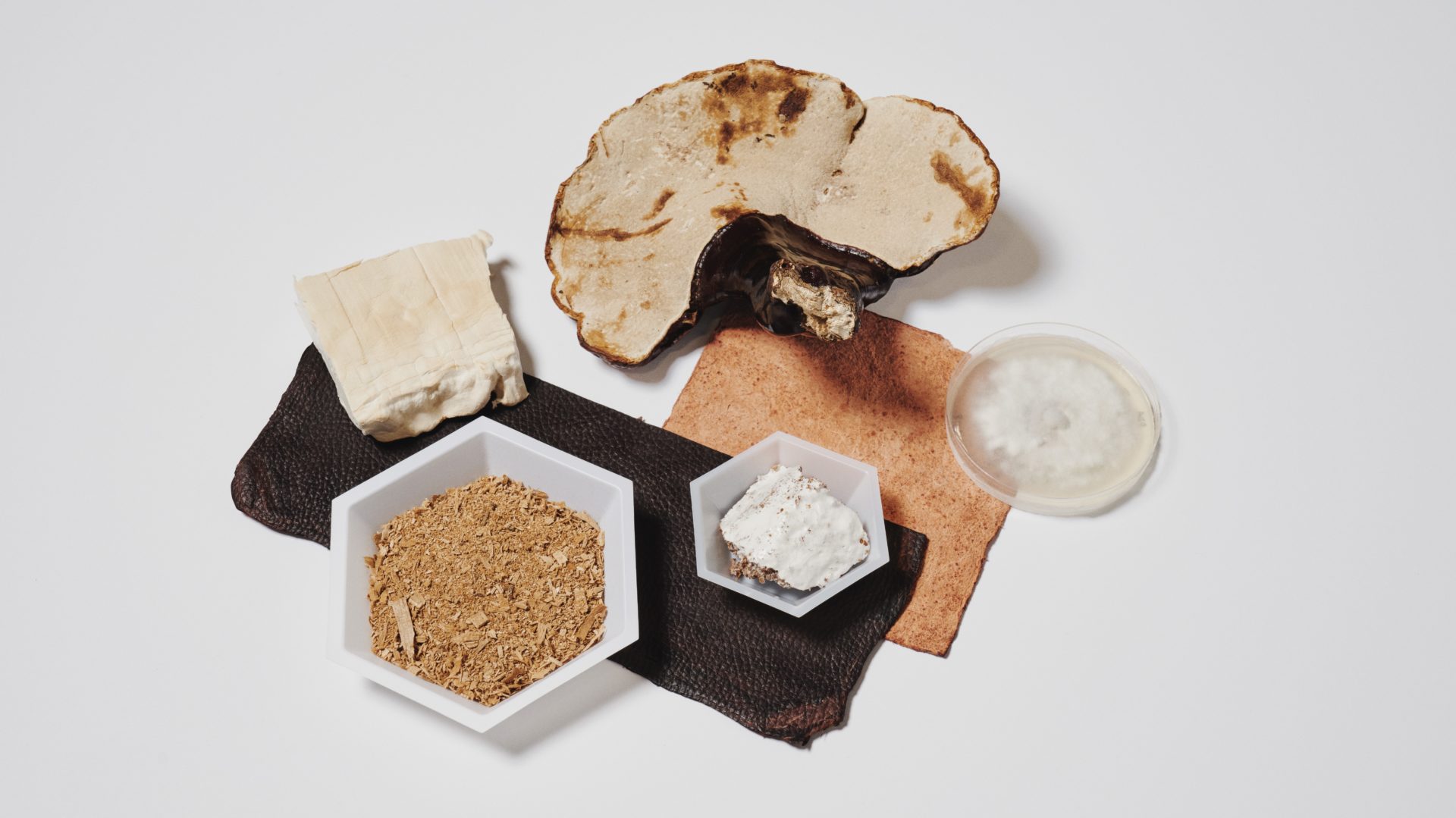The vegan leather is often criticized as being all plastic and of lower quality than animal-origin leather, but is this true?
Thanks to the development of new plant-based materials, we can increasingly find more options of vegan leather made with a higher percentage of plant-based materials, sustainable and without the need to exploit millions of animals each year.
By using waste from other industries, no more land, water, or pesticides are needed to produce these raw materials, making them much more sustainable.
Pineapple Leather: Piñatex
Created in the Philippines by Dr. Carmen Hijosa, Piñatex is a more sustainable option to animal leather. From the discarded leaves during pineapple harvesting, the fibers are extracted, washed, sun-dried, and purified.
After a mechanical treatment, a mesh composed of 80% pineapple leaf and 20% polylactic acid (PLA) based on corn is obtained. Finally, it is colored with GOTS pigments and a resin is applied to provide durability and water resistance.
Apple Leather
In the Tyrol region, northern Italy, the company Frumat collects apple waste (seeds, core, and peel) to create a vegan alternative to leather. The harvest remains are crushed and dried to a fine powder that is mixed with polyurethane.
Apple leather contains at least 50% recycled apple fiber and the rest polyurethane, resulting in a durable material, UV resistant, and very flexible.
Cactus Leather
Researchers in Mexico produce a leather from the nopal cactus, which requires no herbicides or pesticides and absorbs water from the environment. The mature nopal leaves are cut, cleaned, sun-dried, and processed.
The final product can have up to 68% organic origin, with the rest composed of recycled cotton or polyester for greater strength and durability.
Corn Leather
Corn leather is produced from inedible waste from the corn industry, such as leaves and stems.
During the process, starches are fermented and transformed into a biodegradable material with properties similar to animal leather. Vegan corn leather options can be found with up to 70% organic matter.

Mushroom Leather: Mylo
A team of scientists and engineers has transformed mycelium into mushroom-based leather called Mylo. Mycelium is the underground structure of fungal roots that provides nutrients to plants and trees.
This 3D network is processed, tanned, and colored to produce a material with an aesthetic and feel very similar to animal leather. Mylo is completely biodegradable and non-toxic, designed to have a minimal environmental impact.
The importance of vegan leather
The leather industry exploits millions of animals each year to make bags, jackets, and footwear unnecessarily. Thanks to innovation in new materials, there are increasingly more plant-based options that offer final products with the same characteristics without animal suffering.
If the goal is to create a material that is vegan, sustainable, and not dependent on plastic, we need to support brands that are opting for these alternatives so they continue to research and create alternatives.
Have you visited our YouTube channel yet? Subscribe!

